Back to Courses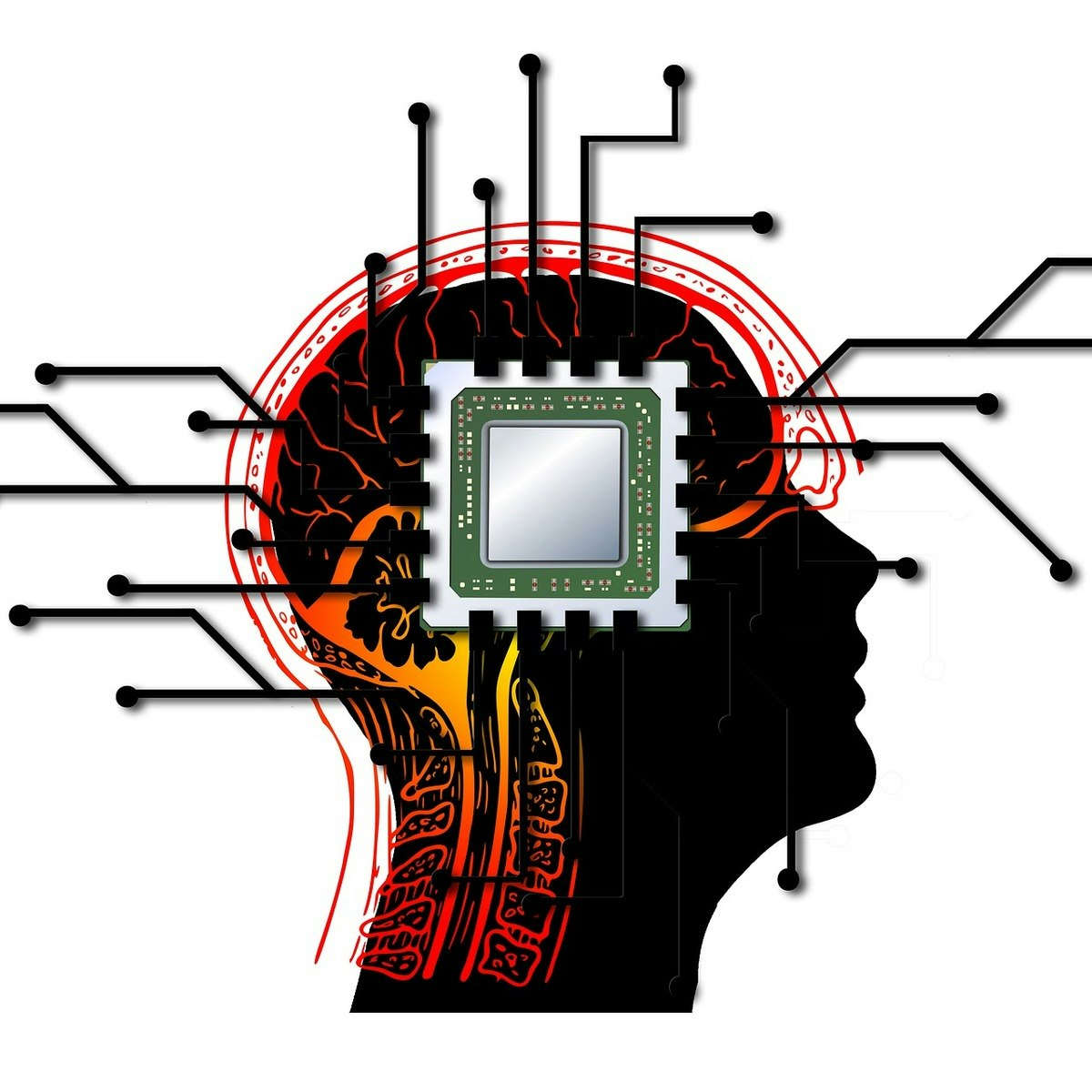
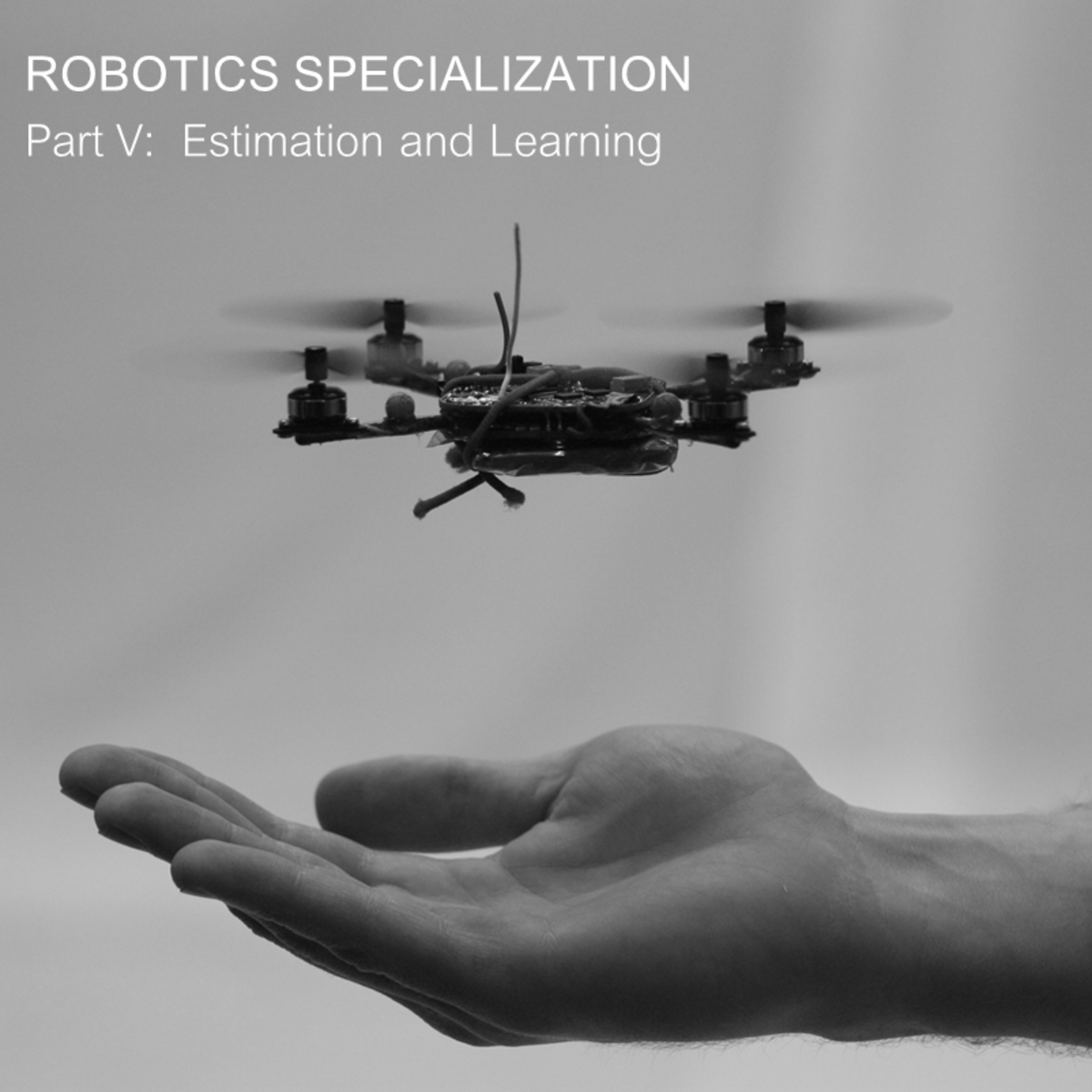
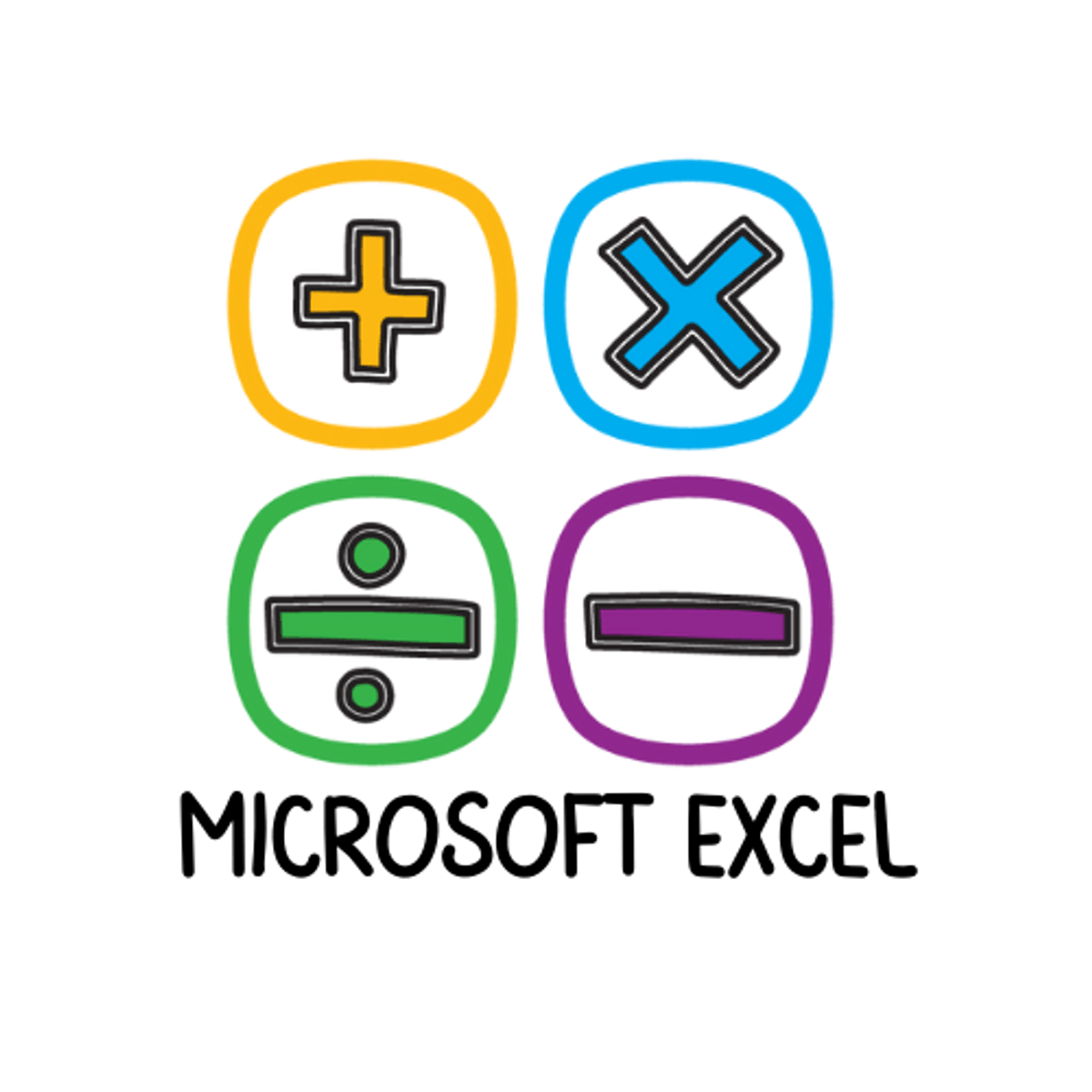

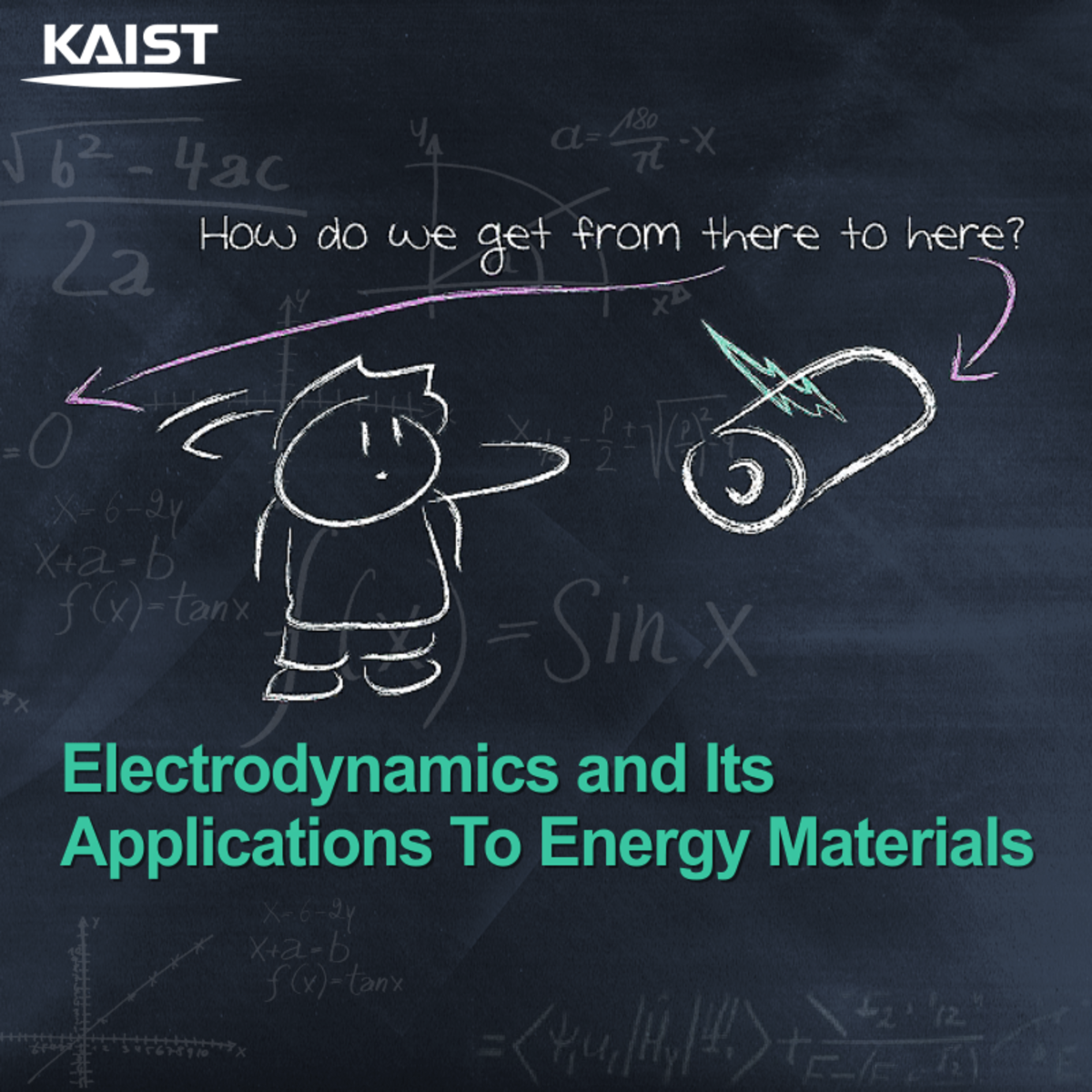
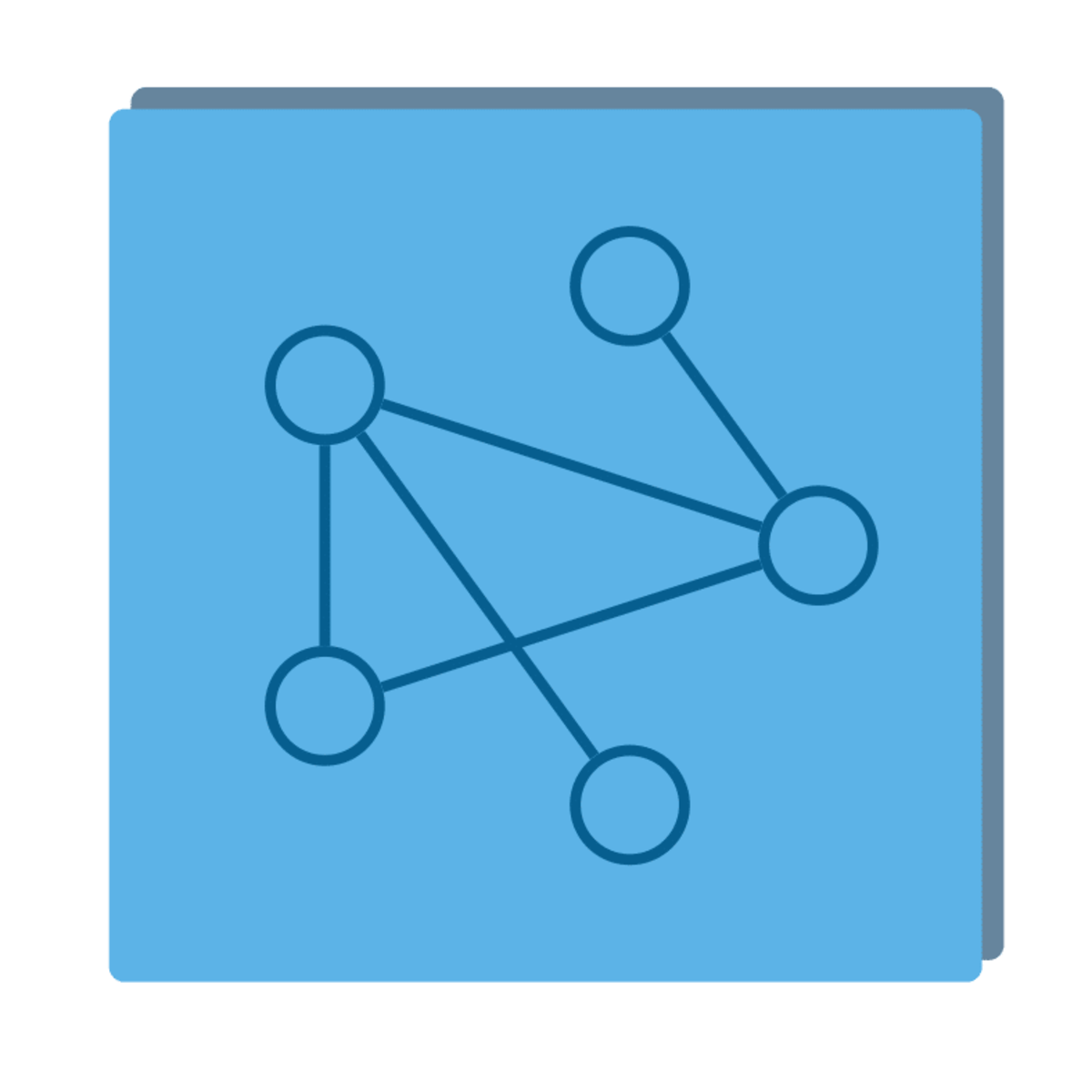

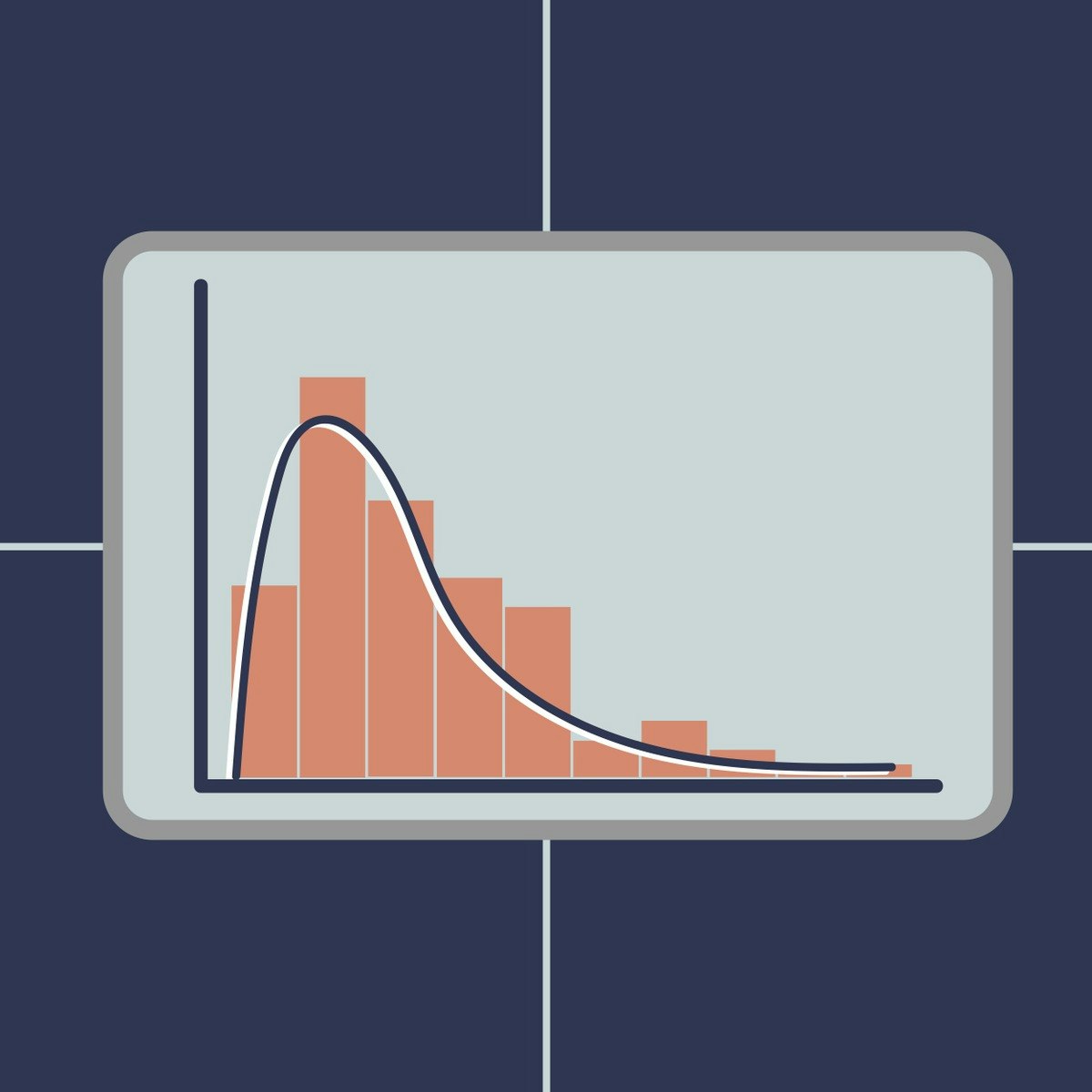
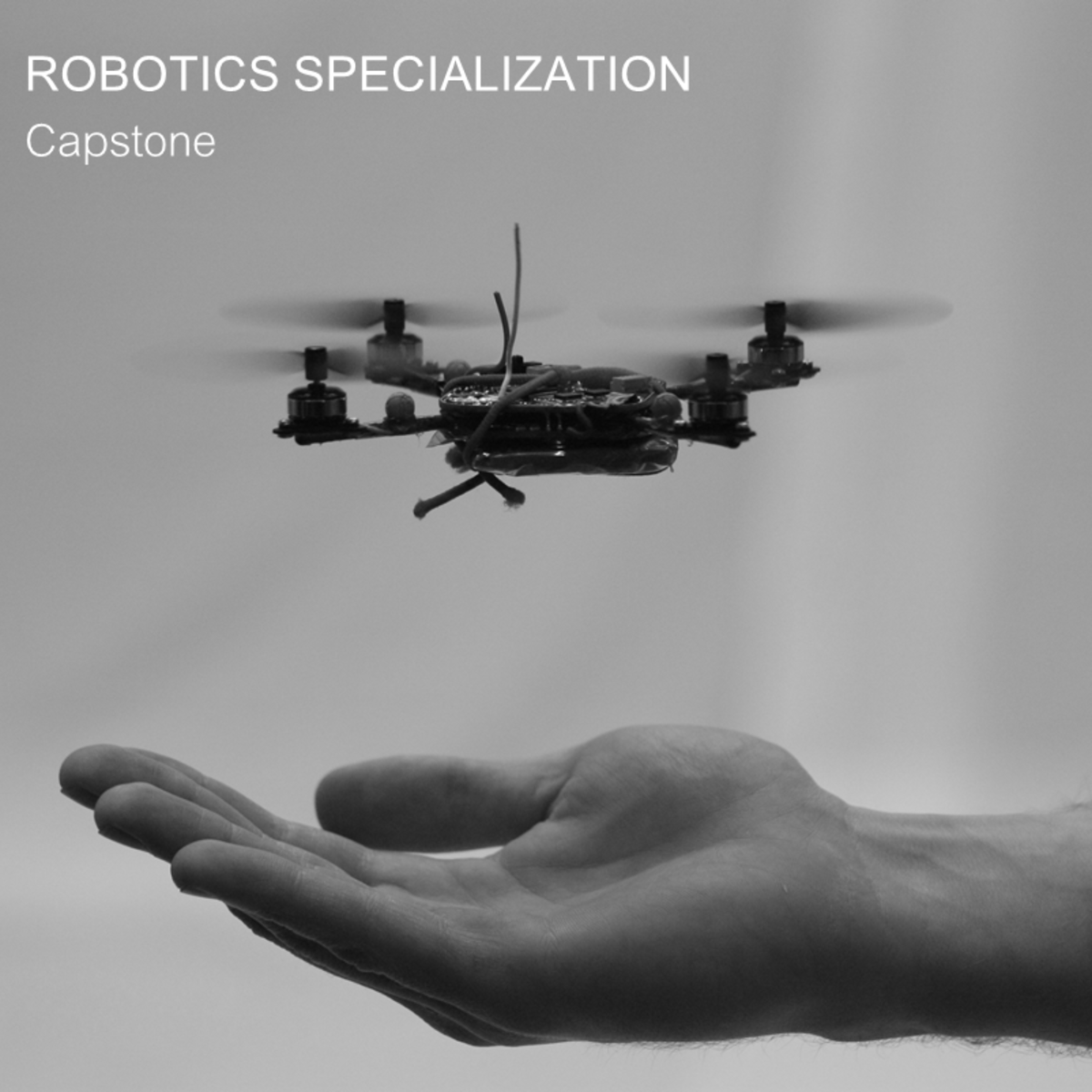

Math And Logic Courses - Page 8
Showing results 71-80 of 148

Interpersonal, Developmental, and Evolutionary Perspectives of the Mind
In this course, we will explore how individual problem solving, judgment, and decision making can be influenced by interpersonal and developmental factors.

Robotics: Estimation and Learning
How can robots determine their state and properties of the surrounding environment from noisy sensor measurements in time? In this module you will learn how to get robots to incorporate uncertainty into estimating and learning from a dynamic and changing world. Specific topics that will be covered include probabilistic generative models, Bayesian filtering for localization and mapping.

Create a budget with Microsoft Excel
In this project, you will learn how to create a budget using Microsoft Excel. This program is terrific for working with numbers and tables and creating budgets. It is a program that facilitates our work to keep everything in order. You will complete different tasks to understand and use the Microsoft Excel tool.
Excel contains many hidden tools that we will discuss along with this project. You can learn about various available formula options. We'll talk about settings, formulas, income and expense entry, numbers, organization, colors, and letters.
Excel creates organization calendars, inventories, daily, weekly, monthly expenses, etc. When the program first became known, it was more for people who worked with analytics in their jobs. Today, many people can use this app, from students to teachers, from content creators to scientific analysts. For this reason, knowing this tool and all the options it can offer you will help you continue climbing in the professional world.

Computational Vision
In this course, we will expand on vision as a cognitive problem space and explore models that address various vision tasks. We will then explore how the boundaries of these problems lead to a more complex analysis of the mind and the brain and how these explorations lead to more complex computational models of understanding.

Electrodynamics: Analysis of Electric Fields
This course is a continuation of Electrodynamics: An Introduction. Here, we will cover different methods of calculating an electric field. In addition, we will introduce polarization, dielectrics, and how electric fields create dipoles.
Learners will
• Be able to apply symmetry and other tools to calculate the electric field.
• Understand what susceptibility, polarization, and dipoles are.
Additionally, students will learn to visualize Maxwell equations in order to apply the derived mathematics to other fields, such as heat/mass diffusion and meso-scale electromechanical properties, and to create patents that could lead to potential innovations in energy storage and harvesting. The approach taken in this course complements traditional approaches, covering a fairly complete treatment of the physics of electricity and magnetism, and adds Feynman’s unique and vital approach to grasping a picture of the physical universe. Furthermore, this course uniquely provides the link between the knowledge of electrodynamics and its practical applications to research in materials science, information technology, electrical engineering, chemistry, chemical engineering, energy storage, energy harvesting, and other materials related fields.

Introduction to Graph Theory
We invite you to a fascinating journey into Graph Theory — an area which connects the elegance of painting and the rigor of mathematics; is simple, but not unsophisticated. Graph Theory gives us, both an easy way to pictorially represent many major mathematical results, and insights into the deep theories behind them.
In this online course, among other intriguing applications, we will see how GPS systems find shortest routes, how engineers design integrated circuits, how biologists assemble genomes, why a political map can always be colored using a few colors. We will study Ramsey Theory which proves that in a large system, complete disorder is impossible!
By the end of the course, we will implement an algorithm which finds an optimal assignment of students to schools. This algorithm, developed by David Gale and Lloyd S. Shapley, was later recognized by the conferral of Nobel Prize in Economics.
As prerequisites we assume only basic math (e.g., we expect you to know what is a square or how to add fractions), basic programming in python (functions, loops, recursion), common sense and curiosity. Our intended audience are all people that work or plan to work in IT, starting from motivated high school students.

Advanced Concepts in Time Value of Money (TVM)
This course builds upon the fundamental concept of Time Value of Money (TVM) using more advanced applications and questions. You will apply the TVM concept in real-life problems of financial planning and saving for college. You will also learn more about loans and apply TVM concepts to borrowing and lending. You will realize that — while the applications are seemingly more complex, but when seen and broken-up into bite-size components — the framework, principles, and tools remain the same.
After completing this course you will have an understanding of the detailed mechanics and reasoning behind any decision you make that has consequences for the future. The deeper exposure to financial transactions you will be applicable in any/all decisions. The great news is that these concepts and skills will transfer to your professional/business decisions.
This course is part of the four-course Foundational Finance for Strategic Decision Making Specialization.

Bayesian Statistics: Techniques and Models
This is the second of a two-course sequence introducing the fundamentals of Bayesian statistics. It builds on the course Bayesian Statistics: From Concept to Data Analysis, which introduces Bayesian methods through use of simple conjugate models. Real-world data often require more sophisticated models to reach realistic conclusions. This course aims to expand our “Bayesian toolbox” with more general models, and computational techniques to fit them. In particular, we will introduce Markov chain Monte Carlo (MCMC) methods, which allow sampling from posterior distributions that have no analytical solution. We will use the open-source, freely available software R (some experience is assumed, e.g., completing the previous course in R) and JAGS (no experience required). We will learn how to construct, fit, assess, and compare Bayesian statistical models to answer scientific questions involving continuous, binary, and count data. This course combines lecture videos, computer demonstrations, readings, exercises, and discussion boards to create an active learning experience. The lectures provide some of the basic mathematical development, explanations of the statistical modeling process, and a few basic modeling techniques commonly used by statisticians. Computer demonstrations provide concrete, practical walkthroughs. Completion of this course will give you access to a wide range of Bayesian analytical tools, customizable to your data.

Robotics: Capstone
In our 6 week Robotics Capstone, we will give you a chance to implement a solution for a real world problem based on the content you learnt from the courses in your robotics specialization. It will also give you a chance to use mathematical and programming methods that researchers use in robotics labs.
You will choose from two tracks - In the simulation track, you will use Matlab to simulate a mobile inverted pendulum or MIP. The material required for this capstone track is based on courses in mobility, aerial robotics, and estimation. In the hardware track you will need to purchase and assemble a rover kit, a raspberry pi, a pi camera, and IMU to allow your rover to navigate autonomously through your own environment
Hands-on programming experience will demonstrate that you have acquired the foundations of robot movement, planning, and perception, and that you are able to translate them to a variety of practical applications in real world problems. Completion of the capstone will better prepare you to enter the field of Robotics as well as an expansive and growing number of other career paths where robots are changing the landscape of nearly every industry.
Please refer to the syllabus below for a week by week breakdown of each track.
Week 1
Introduction
MIP Track: Using MATLAB for Dynamic Simulations
AR Track: Dijkstra's and Purchasing the Kit
Quiz: A1.2 Integrating an ODE with MATLAB
Programming Assignment: B1.3 Dijkstra's Algorithm in Python
Week 2
MIP Track: PD Control for Second-Order Systems
AR Track: Assembling the Rover
Quiz: A2.2 PD Tracking
Quiz: B2.10 Demonstrating your Completed Rover
Week 3
MIP Track: Using an EKF to get scalar orientation from an IMU
AR Track: Calibration
Quiz: A3.2 EKF for Scalar Attitude Estimation
Quiz: B3.8 Calibration
Week 4
MIP Track: Modeling a Mobile Inverted Pendulum (MIP)
AR Track: Designing a Controller for the Rover
Quiz: A4.2 Dynamical simulation of a MIP
Peer Graded Assignment: B4.2 Programming a Tag Following Algorithm
Week 5
MIP Track: Local linearization of a MIP and linearized control
AR Track: An Extended Kalman Filter for State Estimation
Quiz: A5.2 Balancing Control of a MIP
Peer Graded Assignment: B5.2 An Extended Kalman Filter for State Estimation
Week 6
MIP Track: Feedback motion planning for the MIP
AR Track: Integration
Quiz: A6.2 Noise-Robust Control and Planning for the MIP
Peer Graded Assignment: B6.2 Completing your Autonomous Rover

Introduction to Shader Graphics with OpenGL
In this 1-hour long project-based course, by the end of this project, you will be able to draw a triangle along with a shader system for it with modern OpenGL and C++, which is the fundamental unit of 3D rendering.Moreover, you will be able to setup the environment and create a window with openGL, draw a triangle using modern openGL and create vertex and fragment shaders for your triangle. Finally, You’ll be able to extend upon this basis into a full fledged modern 3D renderer.
Note: This course works best for learners who are based in the North America region. We’re currently working on providing the same experience in other regions.
Popular Internships and Jobs by Categories
Find Jobs & Internships
Browse
© 2024 BoostGrad | All rights reserved